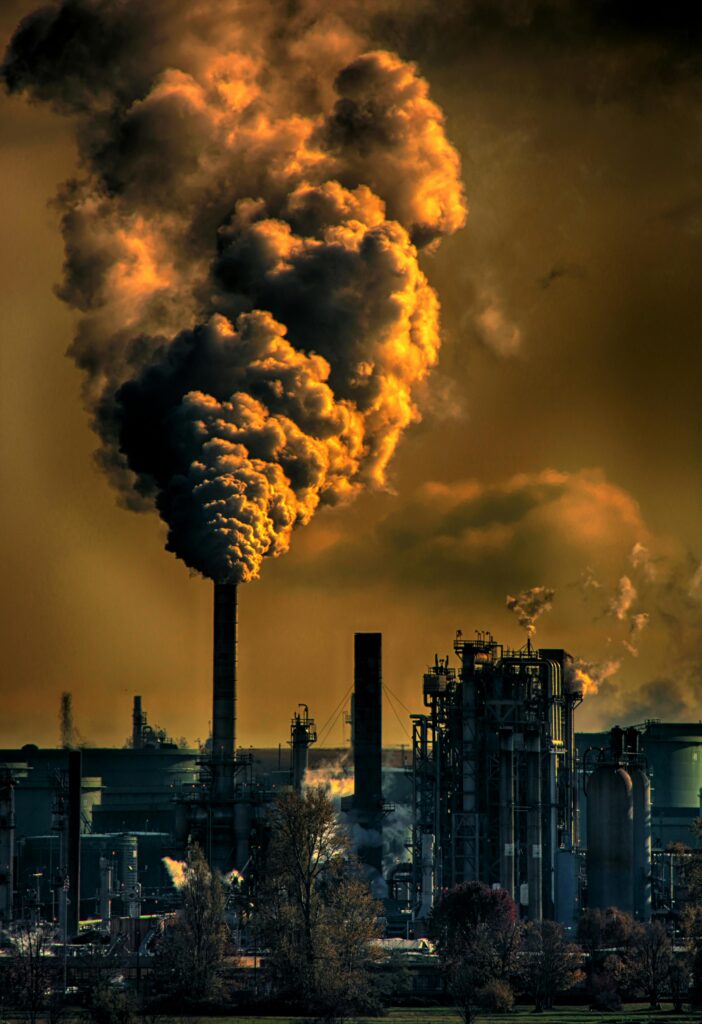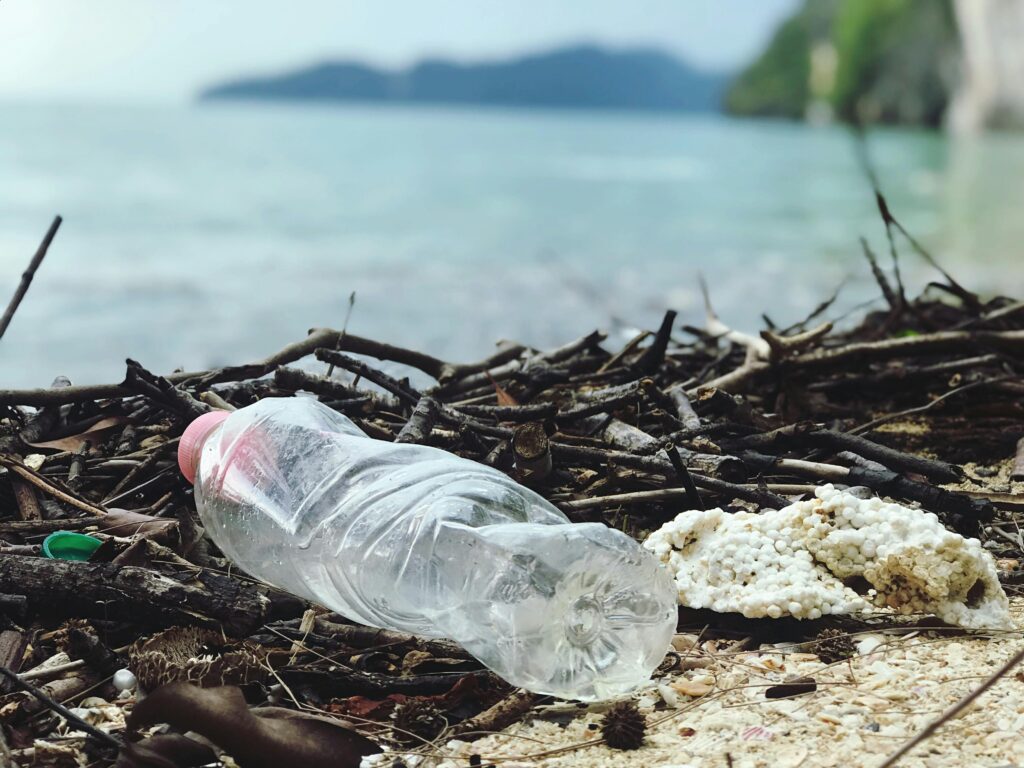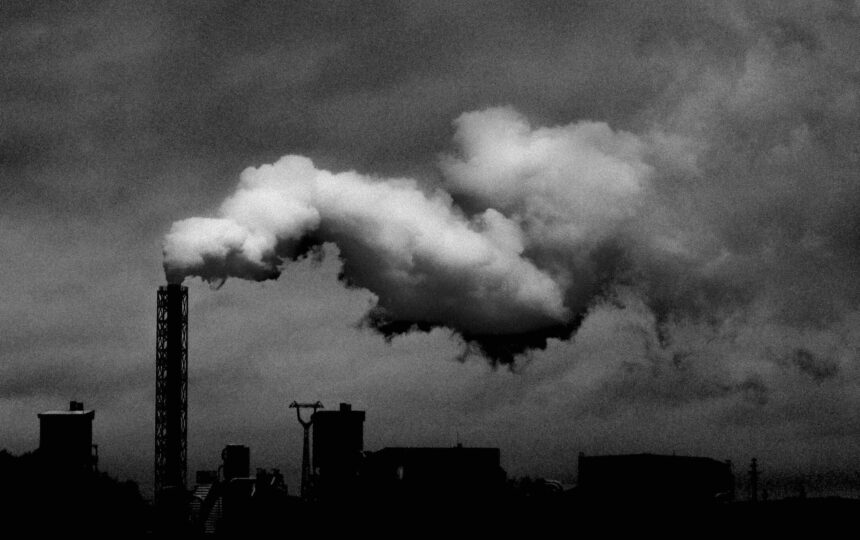In an era of environmental awareness, the role of the Environmental Protection Agency (EPA) in the United States stands out as a beacon of hope and action. This federal agency is at the forefront of ensuring that the air we breathe, the water we drink, and the land we inhabit remain safe and vibrant for all forms of life. But what exactly is the EPA, and how does it function? Let’s dive into the heart of environmental protection in the USA.
Understanding the Environmental Protection Act (EPA)
The EPA is not just an agency; it’s a comprehensive set of laws and regulations designed to protect the environment. It’s the shield that guards our natural resources from the onslaught of pollution and environmental degradation.
Scope of the EPA
From the vast expanses of Yellowstone to the bustling streets of New York City, the EPA’s protective reach spans the entirety of the United States, safeguarding our diverse ecosystems and urban environments alike.
Main Goals of the EPA
The EPA is driven by a dual mission: to prevent pollution before it occurs and to conserve the nation’s rich natural resources. It’s a proactive and preventive force against environmental harm.
Key Laws Under the EPA
The EPA oversees a myriad of important laws, each tailored to address specific environmental issues. These include the Clean Air Act, the Clean Water Act, and the Endangered Species Act, among others, each contributing to the holistic protection of our environment.
Individual Contributions Towards Environmental Protection
The EPA’s efforts are monumental, but environmental protection is a shared responsibility. By adopting simple practices like recycling, conserving water, and reducing energy consumption, every individual can contribute to a healthier planet.
Key Provisions of the EPA
The Environmental Protection Agency (EPA) stands as a guardian of the environment through several key legislative acts, each addressing different facets of environmental protection:
National Environmental Policy Act (NEPA): NEPA mandates that all federal agencies assess the environmental impacts of their proposed actions before making decisions. This act fosters informed decision-making and the consideration of environmentally friendly alternatives.
Clean Air Act (CAA): The CAA is pivotal in regulating emissions from industries, vehicles, and other sources to safeguard air quality across the nation. It sets forth air quality standards and tasks states with developing plans to achieve these standards.
Clean Water Act (CWA): The CWA ensures the purity of the nation’s waterways, setting pollution limits and overseeing wastewater treatment practices to prevent contamination of our rivers, lakes, and oceans.
Resource Conservation and Recovery Act (RCRA): This act governs the management of hazardous and non-hazardous waste from its generation to disposal, ensuring safe and environmentally sound waste handling practices.
Endangered Species Act (ESA): The ESA is crucial for the conservation of endangered and threatened wildlife and their habitats, prohibiting harmful activities and fostering species recovery efforts.
Federal Insecticide, Fungicide, and Rodenticide Act (FIFRA): FIFRA regulates the distribution, sale, and use of pesticides, ensuring their safe application to protect human health and the environment.
Toxic Substances Control Act (TSCA): TSCA controls the introduction and use of chemicals, evaluating potential environmental and health risks to prevent harm to the public and the environment.
Responsibility and Enforcement
The implementation and enforcement of the EPA’s standards are a collaborative effort involving multiple layers of governance:
The Environmental Protection Agency (EPA): At the federal level, the EPA sets environmental standards, conducts inspections, and enforces regulations. It also provides technical assistance and funding to support state and local environmental efforts.
State and Local Governments: States play a significant role in the enforcement of EPA regulations. State environmental agencies often have the authority to implement these regulations, tailoring their enforcement to local needs. Local governments can also enact additional environmental regulations to address community-specific issues.
Public Involvement: Individuals and communities have a role in supporting the EPA’s mission. Public participation in environmental preservation efforts and adherence to sustainable practices contribute significantly to the overall health of the environment.
Key Takeaways
- The EPA enforces laws like the Clean Air Act and Clean Water Act to protect the environment.
- Collaboration between the EPA, states, and the public is vital for effective environmental protection.
- Success stories include reducing air pollution, restoring the Chesapeake Bay, and cleaning Superfund sites.
- The EPA faces challenges such as emerging threats and regulatory complexities but remains committed to a sustainable future.
Legal Consequences of Violating the EPA
Violations of EPA regulations are taken seriously, with offenders facing:
Civil Penalties: Fines and sanctions can be imposed on entities that fail to comply with environmental laws, with the severity of penalties reflecting the extent of the violation and potential harm caused.
Criminal Charges: Willful violations resulting in significant environmental damage can lead to criminal prosecution, underscoring the seriousness with which the EPA approaches environmental protection.
Injunctions: The EPA can seek legal injunctions to halt activities that violate environmental laws, preventing further harm while corrective actions are undertaken.
Citizen Suits: The EPA empowers citizens to act as environmental watchdogs, allowing for lawsuits against violators, a testament to the participatory nature of environmental protection in the United States. You can easily Report Environmental Violations online if you notice any event that would threaten human health or the environment.
The Significance of the EPA for Future Generations
The EPA’s work is not just about protecting the environment today; it’s about ensuring a healthy, thriving planet for future generations. It’s a long-term investment in the sustainability of our world.
Public engagement plays a crucial role in the EPA’s mission. Through initiatives and educational programs, the EPA encourages citizens to become environmental stewards in their own communities.
Despite its successes, the EPA faces ongoing challenges, from emerging environmental threats to the complexities of implementing wide-reaching regulations in a diverse country.
Success Stories of the EPA
Throughout its history, the EPA has achieved significant victories, from restoring polluted waterways to reducing air pollution levels. These success stories serve as inspiration for continued environmental advocacy.
Reducing Air Pollution Nationwide

Under the Clean Air Act, the EPA has significantly reduced air pollution across the United States. Since the 1970s, pollutants such as lead, carbon monoxide, and sulfur dioxide have seen dramatic reductions, leading to improved public health, decreased acid rain, and better air quality. This success demonstrates the EPA’s commitment to clean air and public health benefits. Under the Clean Air Act, the EPA has significantly reduced air pollution across the United States. Since the 1970s, pollutants such as lead, carbon monoxide, and sulfur dioxide have seen dramatic reductions, leading to improved public health, decreased acid rain, and better air quality. This success demonstrates the EPA’s commitment to clean air and public health benefits.
Chesapeake Bay Restoration Efforts

The EPA’s efforts in the Chesapeake Bay watershed have led to notable improvements in water quality and ecosystem health. Initiatives focused on reducing agricultural runoff, restoring wetlands, and cutting back on pollutants have rejuvenated the bay, supporting biodiversity and benefiting local communities.
Superfund Sites Cleanup

The EPA’s Superfund program targets the cleanup of the nation’s most contaminated lands, transforming hazardous waste sites into usable community spaces. Success stories include the transformation of the Love Canal disaster area in New York and the cleanup of the Rocky Mountain Arsenal in Colorado, showcasing the EPA’s role in environmental remediation and community restoration.
Phasing Out Ozone-Depleting Substances

Following the Clean Air Act Amendments of 1990 and in alignment with the Montreal Protocol, the EPA has played a crucial role in phasing out the production and use of ozone-depleting substances. This global effort has led to a significant decrease in the release of harmful chemicals, contributing to the ongoing recovery of the Earth’s ozone layer and averting millions of cases of skin cancer and cataracts.
The EPA’s initiatives not only benefit the United States but also set an example for environmental protection worldwide, demonstrating the power of proactive legislation and regulation. As we move forward, the principles and regulations laid out by the EPA will continue to guide our collective efforts to safeguard our planet for generations to come.
Frequently Asked Questions
What can I do to support the EPA’s mission?
Engage in sustainable practices like recycling, conserving energy, and participating in community clean-ups.
How does the EPA impact daily life?
The EPA’s regulations ensure clean air and water, safe management of waste, and protection of endangered species, directly affecting our health and well-being.
Can businesses be held accountable by the EPA?
Yes, businesses must comply with EPA regulations, and those that violate environmental laws face significant penalties.
What makes the EPA different from state environmental agencies?
While the EPA sets federal environmental standards, state agencies are responsible for implementation and enforcement within their jurisdictions, often with the EPA’s guidance and support.


